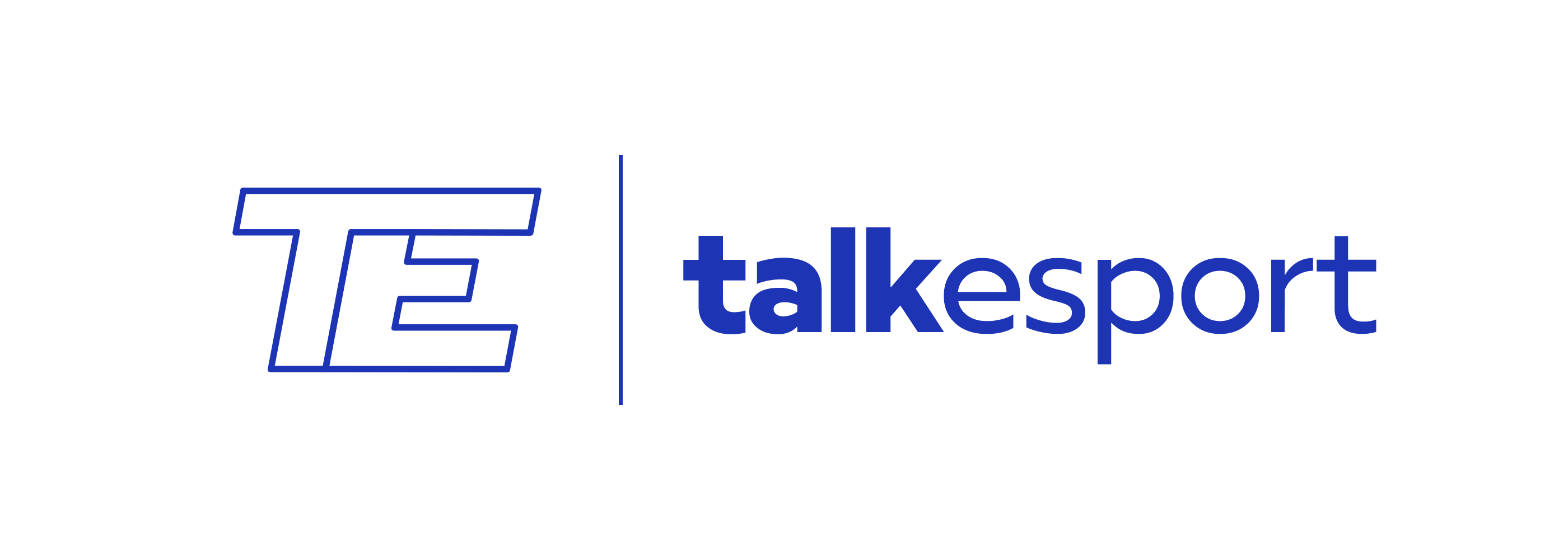In the past decade, eSports have become a major force in the gaming industry, with millions of viewers worldwide tuning in to watch tournaments and competitions for their favorite games. Starting out as an obscure niche in the 1990s, eSports has grown exponentially in recent years – from an estimated 3 million viewers in 2010 to a staggering 287 million viewers in 2019 – and it shows no signs of stopping any time soon. In fact, the phenomenon has grown so much that websites such as oddschecker now compare esports odds and free offers on their website alongside traditional sports.
The rise of eSports can largely be attributed to the early success of two games: Quake and Starcraft. Released in 1996 and 1998 respectively, both titles provided an arena for players to compete against each other. The popularity of these titles ultimately gave rise to professional eSports leagues and tournaments.
The Success of the FIFA eWorld Cup
From there, sports games such as FIFA took over, specifically the formerly named FIFA Interactive World Cup, which is now known simply as the FIFA eWorld Cup. The tournament was officially launched way back in 2004, with the finals being held in Zurich that year. But it wasn’t until the dawn of the 2010s that the esport truly took off. In 2010, the gaming tournament took place a few months before the real-life event kicked off in South Africa. And to say that 2010’s tournament was a success would be an understatement.
That year, 775,000 avid gamers signed up for the competition, which set a Guinness World Record as the most-entered eSports tournament in history. Those competitors were whittled down to just 16, who battled it out in Barcelona to be crowned the greatest FIFA player on the planet. The tournament was eventually won by talented Serbian Nenad Stojkovic, who defeated Germany’s Ayhan Altundag 2-1 in the final to lift the trophy and scoop up a $20k prize.

Three years on from Stojkovic’s triumph, the FIFA eWorld Cup truly hit epic heights. In 2013, over 2.5 million gamers entered the competition, which is the current Guinness World Record. And nothing shows how far eSports has come quite like the increase in prize money. In the 13 years since Nenad’s triumph, the prize money has increased tenfold. The 2018 winner, Saudi Arabia’s Mosaad Al Dossary, claimed a whopping $250k when he defeated Stefano Pinna in London.
Modern esports
Today, esports has become a global phenomenon. Some of the most popular games in the world are being played professionally. Multiplayer online battle arena (MOBA) titles like League of Legends and Dota 2, first-person shooter games like Counter-Strike: Global Offensive, and fighting games like Street Fighter V all attract millions of viewers and participants.
In 2019, the League of Legends World Championships drew a record viewership of 99.6 million viewers, while the 2019 International Dota 2 Championships saw an astounding total prize pool of over $34 million.
The growth of eSports has been nothing short of remarkable. According to research firm Newzoo, annual revenue for the industry was estimated to be over $906 million in 2019, with this projected to grow to upwards of $1.6 billion by 2021. This growth can be attributed to major investments and sponsorships from companies such as Intel, PepsiCo, and Disney, as well as the rise of streaming services like Twitch and YouTube, which have become essential for the broadcast and promotion of eSports tournaments.

Popular streamers such as KSI and his Sidemen clique have also been crucial to the growth of esports. In the early 2010s, KSI – real name Olajide Olayinka Williams “JJ” Olatunji – made YouTube videos on a plethora of different video games, including franchises such as FIFA and Minecraft. While that particular band of YouTubers primarily made comedic/entertainment-related videos, they still brought more eyes to the product of gaming.
Without them, esports wouldn’t be what it is today. The current icons in the gaming world must tip their hat to the trailblazers that came before them and ensure that an audience was ready and waiting for them.
Best Players
Millions of gamers across the globe are competing in tournaments and on streaming platforms for the chance to be crowned as some of the most successful eSports players.
Lee Sang-hyeok, also known by his gamer tag Faker, is widely considered to be the greatest eSports player of all time. An iconic League of Legends player from South Korea, Faker has achieved an unrivaled level of success throughout his professional career. He is the most decorated player in League of Legends and has won nine domestic championships, three world championships, and two Mid-Season Invitationals. His accomplishment has earned him an estimated salary of $2.5 million per year.
Kuro “KuroKy” Takhasomi is another one of the most successful eSports players in the world. Early in his career, Kuroky made headlines when his team 5Jungz became the first European team to ever win a Dota 2 Major tournament. Through the years he has managed to stay at the top of the competitive community, leading his teams to success in some of the biggest eSports tournaments in the world. He is now a professional Dota 2 player and captain of Nigma, one of the most successful Dota 2 teams in the world. Kuroky has won twelve international championships, four Internationals, and more than $5 million in prize money.
Finally, Saahil “UNIVeRsE” Arora has become one of the most successful eSports players in the world over the course of his professional career. He has been the leader of Evil Geniuses, one of the most successful Dota 2 teams in North America, since 2013. UNIVeRsE has won four International tournaments and a total of $3.7 million in prize money.
What was once a niche hobby has become a mainstream industry, with a rapidly growing global fanbase. As more and more viewers tune in to watch their favorite players in tournaments and competitions, it’s clear that, for better or for worse, eSports will continue to have an immense impact on the gaming industry. We look forward to seeing what 2023 brings.


